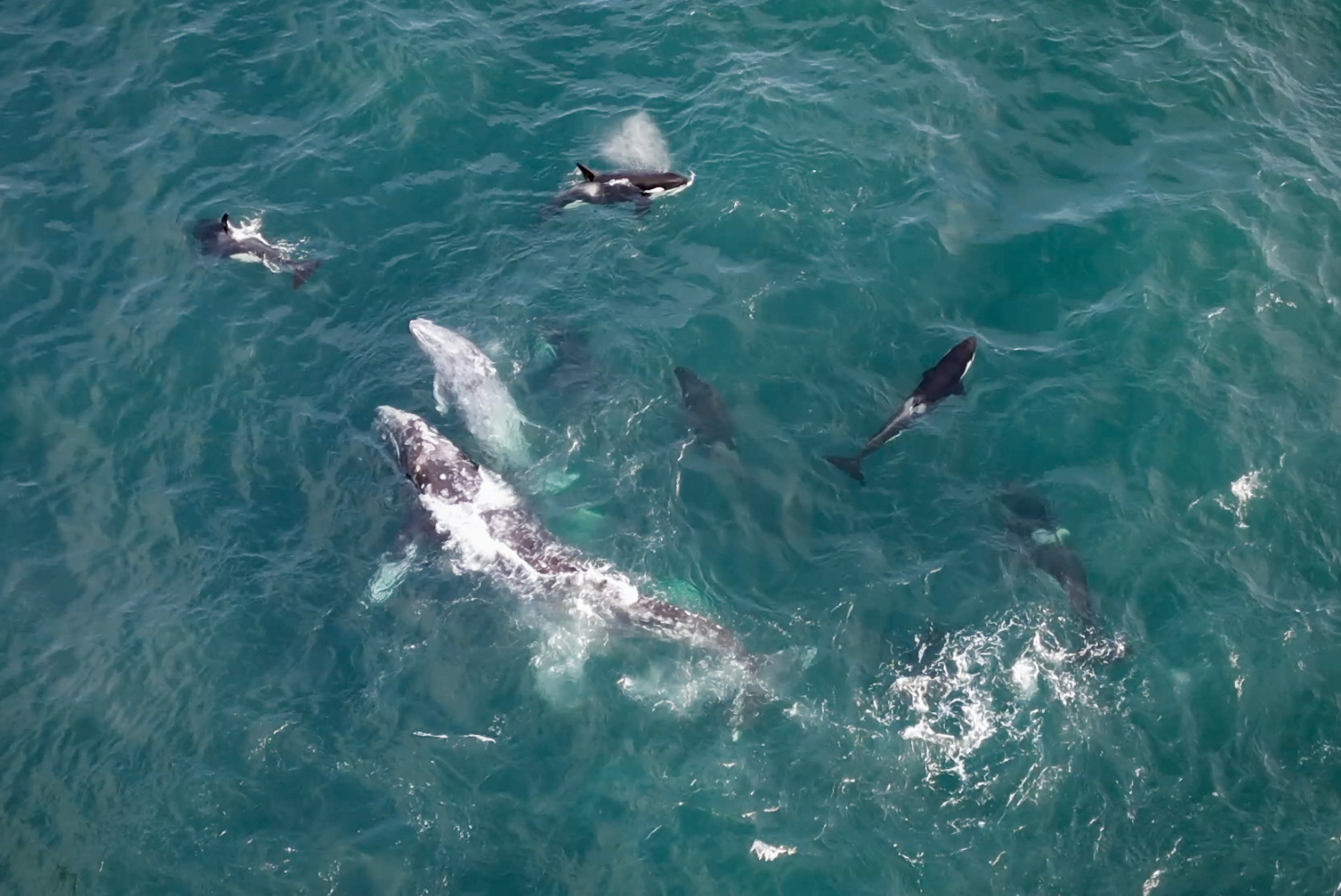
By DANA TIMS/YachatsNews
Emotions ranged from exhilaration to horror Monday evening as dozens gathered on the shore near Cape Foulweather witnessed a pod of killer whales attacking a migrating gray whale and her calf over the course of three excruciating hours.
The attack by as many as eight to 10 killer whales was captured by countless still photographs and at least three small drones equipped with cameras.
By the time it was over, witnesses said the calf was dead and its mother presumably still alive, but obviously fatigued to the point of exhaustion.
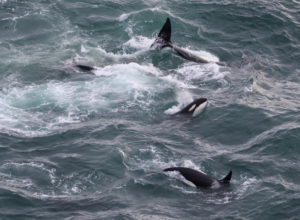
“It was the most intense thing I’ve ever seen,” said Pike Bremer of Newport, who watched the incident from Cape Foulweather. “It was really hard to watch, but fascinating at the same time. The calf was beautiful, but the orcas needed to eat. It all just left me without words.”
A sub-species of orcas known as transient killer whales has been sighted for weeks in Oregon’s coastal waters, often swimming as a group up area rivers to dine on young harbor seals.
But the coordinated attack on an adult gray whale protecting her calf provided a rare chance to see up close a confrontation not often near enough to shore to be so widely photographed and documented.
A Facebook page dedicated to killer whale sightings – Oregon Coast Killer Whale Monitoring Program — brimmed with accounts of those watching from bluffs and beaches.
The descriptions, videos and photographs were intense enough that Holly Foster Robbins, writing later on the group’s Facebook page, said that she felt she was watching “the entire predation event in real time from my couch in Medford.”
First sightings of the large pod Monday put it at the north end of Lincoln City. The site of the actual attack was estimated to be about 17 miles south.
Some onlookers were quick to spot the two gray whales once the pod was near Cape Foulweather. According to some reports, the adult stayed near the shoreline, taking care to position her body between the orcas and her calf.
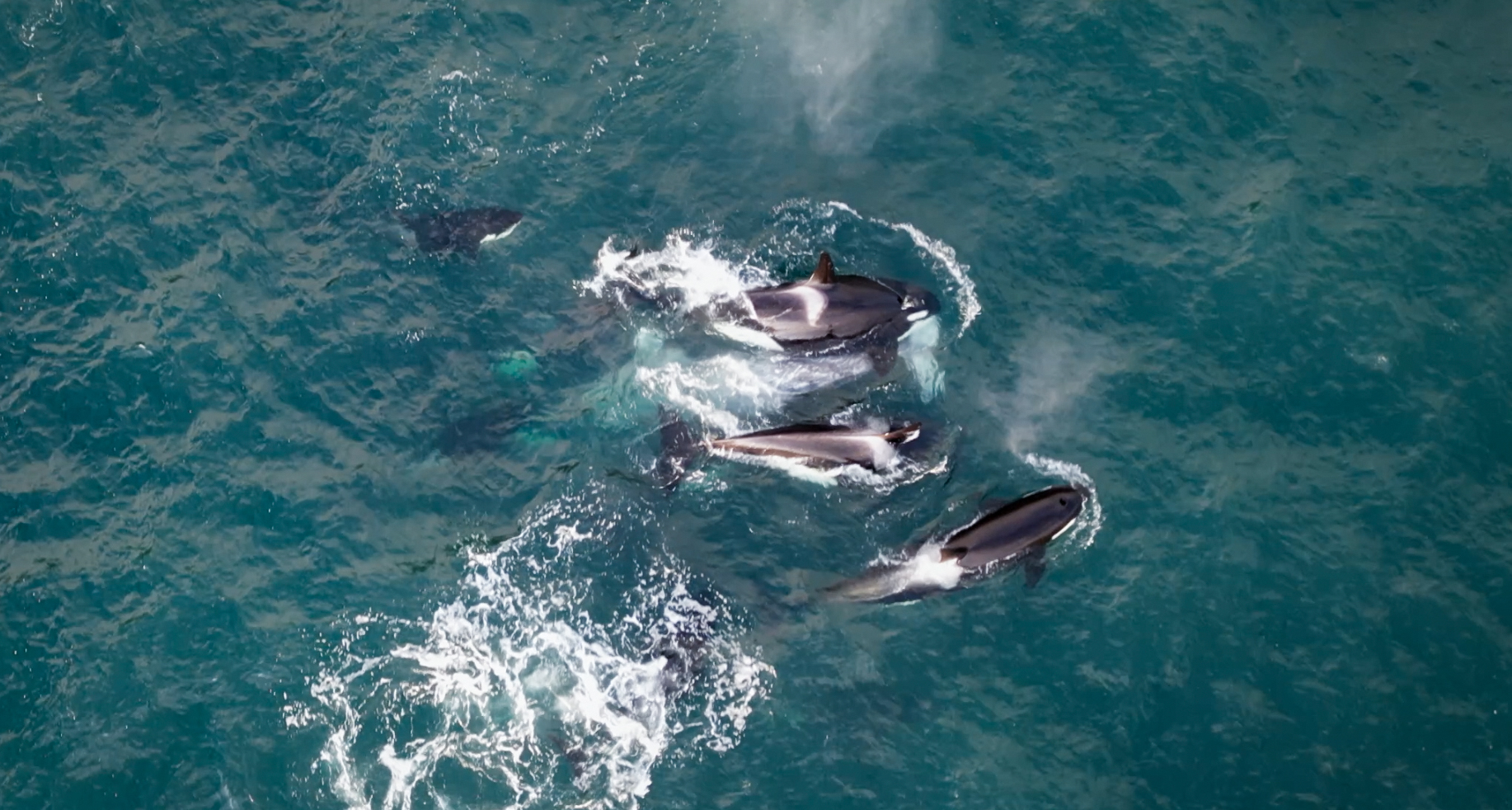
Jaklyn Larsen, a professional photographer based in Florence, decided to drive north as soon as she heard a group of killer whales was attacking gray whales. By the time she arrived at Devil’s Punchbowl State Natural Area between Newport and Depoe Bay, about two dozen others were watching an attack that was well underway, she said.
“I don’t know if everyone appreciated exactly what was happening,” Larsen said. “But with my drone, I could see very clearly that the killer whales were coordinating their attacks to try to separate mother from calf.
“From top-down views, you could see they were definitely doing some damage. It was brutal.”
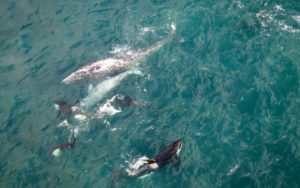
Seemingly endless flashes of dorsal fins, punctuated by great sprays of water, took their toll. Eventually, Larsen and those around her realized that the calf was no longer trying to resurface to breathe.
“Even then the mother kept trying to lift her baby to the surface,” Larsen said. “She kept trying to get some reaction from her calf, and it was just heartbreaking.”
Larsen posted some of her drone footage to YouTube.
Jessica Roame, education manager for a popular whale-watching business in Newport Beach, Calif., said gray whales are nearing the end of their annual spring migration from Mexico to Alaska, where they’ll spend the summer.
This particular adult and calf, she said, just happened to encounter a pod of transient killer whales, who coordinate their attacking patterns not unlike the way packs of wolves hunt together.
The outcome of most of these confrontations, while unsettling to some humans, is highly predictable, Roame said.
“More than 90 percent of the time,” she said, “killer whales will win that fight.”
More about killer whales
Transient killer whales are by far the most frequent sub-species of killer whales to frequent Oregon’s inner-coastal waters, feeding on other mammals such as harbor seals, harbor porpoises and Steller sea lions. They are believed to number more than 400 and are increasing every year.
Occasionally seen in Oregon waters are so-called offshore killer whales, which feed primarily on sharks and other fish. They have also been known to hunt gray whale calves and can be found in the open ocean stretching from the eastern Aleutian Islands of Alaska to southern California.
The third sub-species of orcas in the Northwest Pacific are southern resident whales. Their range centers on the coastal waters of southern Vancouver Island and the inland waters of Washington’s Salish Sea. The southern residents, which feed primarily on salmon, are listed as among the world’s most endangered species of marine mammals. As of 2020 only 72 individuals remained.
- Dana Tims is an Oregon freelance writer who contributes regularly to YachatsNews.com. He can be reached at DanaTims24@gmail.com








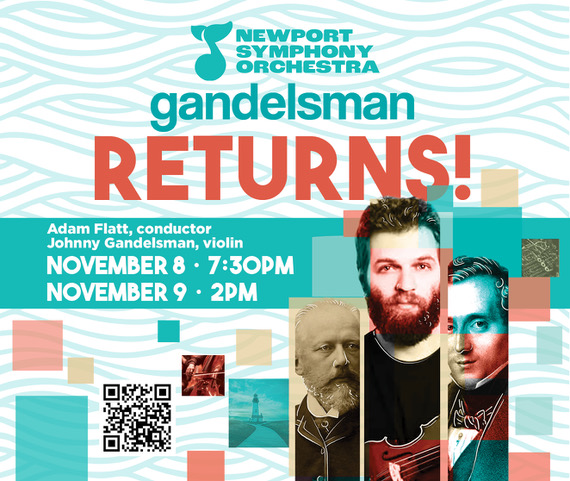












Sad for the mom to see that her baby was killed and she fought so hard to protect it. That’s what moms do. Rest in peace. Little gray whale. I hate hearing about this, but they have to eat too. They don’t have a grocery store like us.
Thank you for a very well written article. I did not witness this predation event, but have seen killer whales off the mid-coast and in Yaquina Bay several times over the last decade, including a pod of five in Yaquina Bay in June 2010 and the two males in the bay last Tuesday, May 2. About 10 years ago, I got on a NOAA website to follow a Southern Resident pod in which one male had a satellite tag attached as they searched for salmon from Puget Sound to nearly San Francisco and back — twice between December and March.